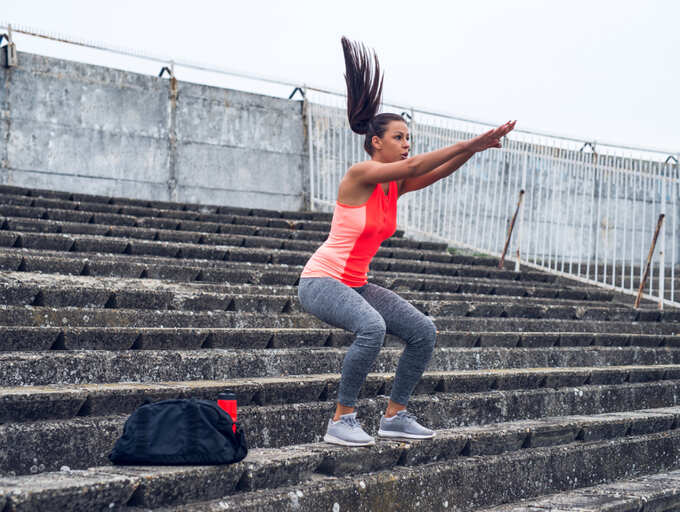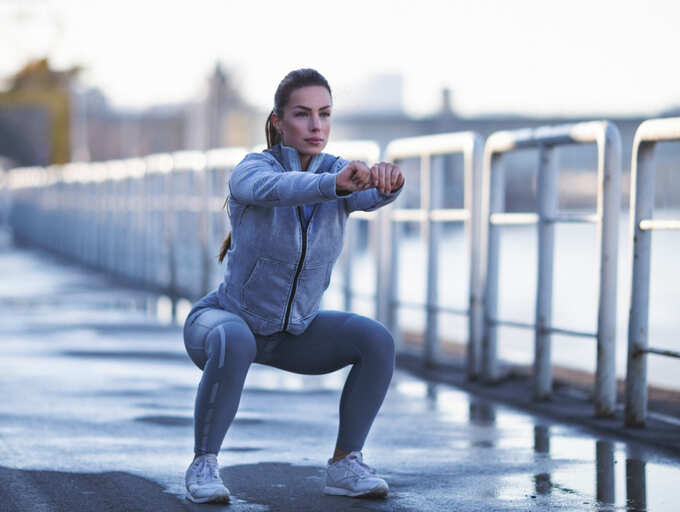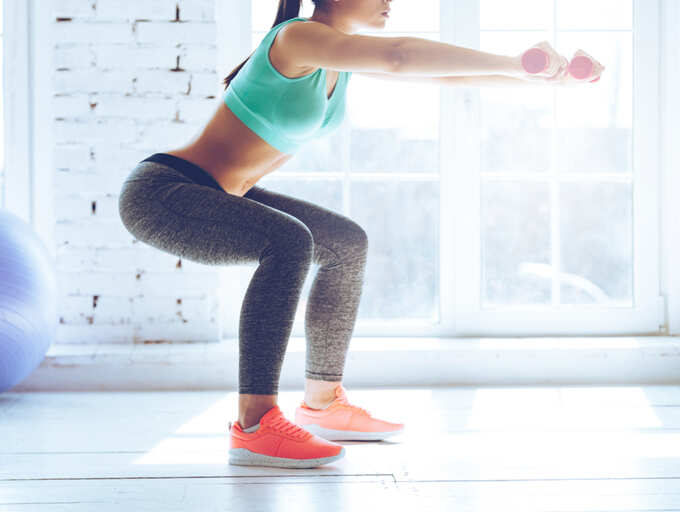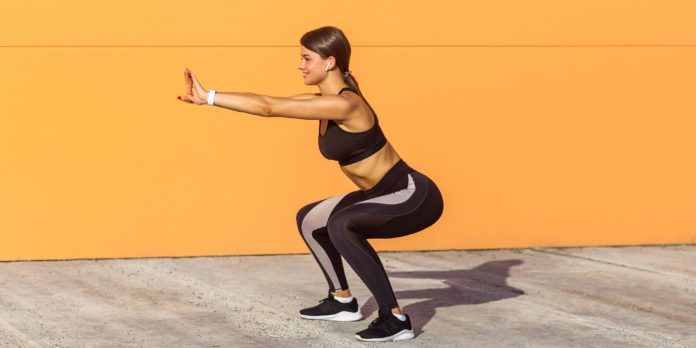Not everybody who exercises regularly does it for six-pack abs. For some, the sole motive is to stay healthy and fit.
Exercising makes your muscles and bones strong and increases your range of motion to perform daily activities with ease.
Squats is one such functional exercise that you must include in your daily routine to increase your balance and flex your muscles.
The exemplary lower body exercise prepares you to perform basic activities like sitting, bending and running, without getting injured.
The non-equipment exercise works on your quadriceps femoris, the adductor magnus, and the gluteus maximus muscles.
The exercise might look simple as we are familiar with crouching, yet it is difficult to maintain the form while doing squats. If you too are struggling with this exercise then here is what your body is trying to tell you.
02/4 If you can’t squat down- Your muscles are stiff

While performing squats you have to push your hips out and squat down, while keeping your spine neutral and thighs parallel to the ground. In case you are finding it difficult to go down, then it might be because your hips muscles are not that flexible.
It can be due to multiple reasons like lack of physical activity or sitting all day long on a chair. To increase your hip mobility perform some stretching exercises or yoga asanas like kneeling hip flexor stretch or Malasana.
03/4 If your upper body keeps leaning forward- Your core muscles are weak

When performing squats your spine needs to be neutral and if you are not able to maintain it then you need to work on your core muscles.
People often worry about building six-packs abs, but having a strong core muscle is much more important than that.
Strong core muscles help to stabilise our movement and maintain the erect position. Perform exercises like dead bugs and bird dogs to target your core muscles.
4 If your knees cave in- Your leg muscles are weak

Caving of knees or knee pain are signs of weak glutes and abductors. Squats is a lower-body exercise, so when you get into a squat position, the entire weight of your body is on your legs.
Moreover, it is an unstable position, so your legs have to make extra effort to maintain the balance and keep you from falling.
Your glutes and abductor help you hold this position for a longer time. If they are not flexible or strong enough, your knees will bend inwards or might hurt.
Lateral jumps, side leg raise are some movements that can help you strengthen your leg muscles.


